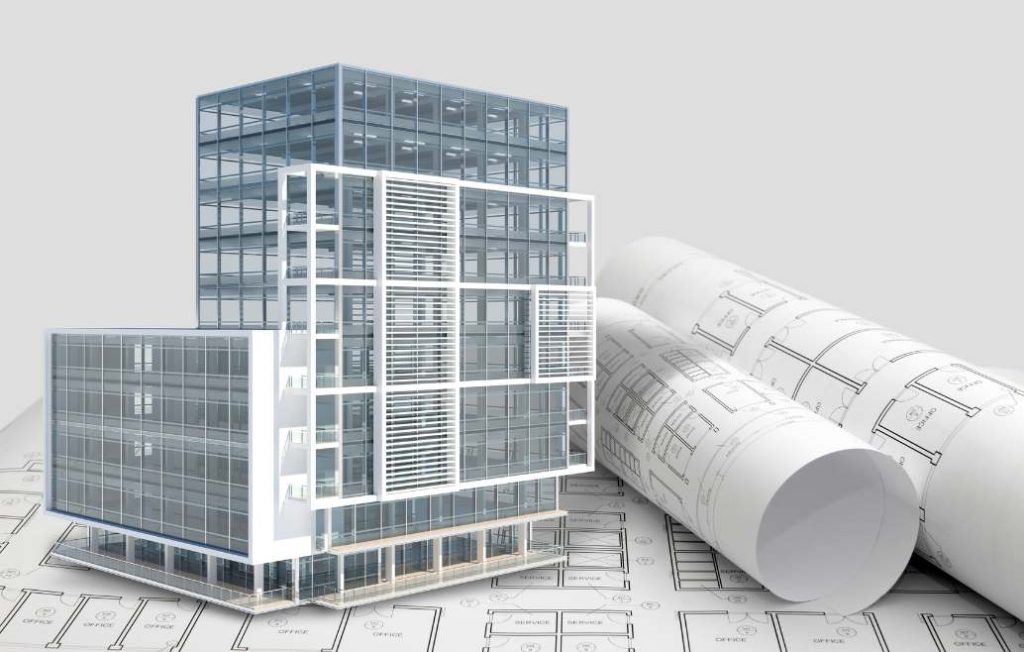Building Information Modeling (BIM): Unlocking Efficiency and Collaboration in Construction
Imagine a world where construction projects are designed, executed, and maintained with impeccable precision, collaboration, and efficiency. This is the promise of BIM (Building Information Modeling).
Why BIM Matters
Building Information Modeling (BIM) has revolutionized the way professionals in the Architecture, Engineering, and Construction (AEC) industries approach their work. If you’ve ever wondered how modern structures can be built faster, with fewer mistakes and better collaboration among teams, then BIM is your answer. But BIM is more than just a digital 3D model—it’s a powerful tool that integrates data, technology, and processes.
In this article, we’ll dive deep into the essence of BIM, its benefits, and its impact on the AEC industry. By the end, you’ll have a clear understanding of how BIM is shaping the future of construction and why it’s crucial for your next project.

What is BIM?
At its core, BIM (Building Information Modeling) is a digital representation of the physical and functional characteristics of a building. It’s more than just a 3D model—it encompasses the entire lifecycle of a building, from design and construction to maintenance and eventual demolition.
By allowing architects, engineers, contractors, and clients to collaborate on a shared platform, BIM ensures that everyone has access to the latest information, reducing the chances of errors, miscommunication, and project delays. This level of collaboration can significantly enhance project outcomes, delivering efficiency and cost savings at every stage.
Key Benefits of BIM
- Improved Collaboration
One of the standout features of BIM is its ability to enhance collaboration between all project stakeholders. With BIM, architects, engineers, contractors, and even building owners can work from the same integrated platform, ensuring that everyone is on the same page. This real-time access to up-to-date information drastically reduces miscommunication and fosters a more harmonious workflow. - Cost and Time Savings
Traditional construction projects often run into costly delays and budget overruns due to errors in planning or unforeseen challenges. BIM helps anticipate and solve these issues by providing a clear, detailed overview of the entire project. It allows for early detection of design clashes and potential logistical hurdles, helping teams resolve problems before they escalate into costly delays. - Enhanced Design and Visualization
BIM is a powerful tool for visualizing every aspect of a project before construction even begins. Detailed 3D models enable designers to present a virtual representation of the finished structure, allowing stakeholders to visualize space utilization, building aesthetics, and other important design elements. This makes it easier for clients to give informed feedback early in the design process, avoiding costly revisions down the line. - Lifecycle Management
BIM isn’t just useful during the design and construction phases; it plays a crucial role in managing the entire lifecycle of a building. Once a building is completed, BIM data can be used to facilitate maintenance, renovations, and even demolition, ensuring that every aspect of the building’s history and specifications is accurately documented.

How Does BIM Work?
BIM functions by using intelligent models that capture both the geometry and the detailed data about the components of a building. These models are not static; they evolve as the project progresses, providing a dynamic and interactive environment for collaboration. The data is structured and managed in such a way that it allows for interoperability and easy access by all team members.
Key Elements of BIM:
- 3D Modeling: BIM creates a detailed 3D representation of the building, allowing for a better understanding of space and layout.
- Information-Rich Models: BIM goes beyond geometry, integrating data about materials, equipment, and systems.
- Phased Approach: The model evolves with the project, from initial design through construction and into building operation.
Why AEC Firms Need BIM
For any AEC firm looking to stay competitive in today’s rapidly evolving industry, adopting BIM is no longer a choice—it’s a necessity. The benefits extend far beyond cost and time savings. BIM ensures that your team is working more efficiently, with better tools for communication and collaboration. Whether you’re dealing with small residential projects or large-scale infrastructure, BIM helps keep projects on track and within budget.
But the most significant impact of BIM may be its ability to future-proof your operations. As more construction projects adopt digital tools and processes, firms that fail to implement BIM will likely fall behind, unable to keep pace with the increased demands for precision, speed, and efficiency.

Seamlessly Outsourcing BIM Services
If you’re looking to leverage BIM for your next project but don’t have the resources to handle it internally, outsourcing is a smart solution. That’s where ADDMORE Services can help. Our BIM Services offer end-to-end solutions tailored to your specific needs. We specialize in helping AEC firms integrate BIM into their workflows, providing expert support from the initial design phase to project completion. With a team of skilled professionals, ADDMORE ensures that your projects benefit from the full potential of BIM, streamlining processes and reducing costs.
Final Thoughts: The Future of Construction
BIM is not just the future of construction—it’s the present. With its ability to integrate design, construction, and operational data, BIM is a game-changer for the AEC industry. It enables better planning, more efficient project management, and improved collaboration. As BIM technology continues to evolve, its capabilities will only expand, making it an essential tool for all AEC professionals.
So, are you ready to transform your projects with BIM? Whether you’re a seasoned professional or new to the concept, embracing BIM will elevate your workflows and set you on the path to success in the modern construction landscape.







